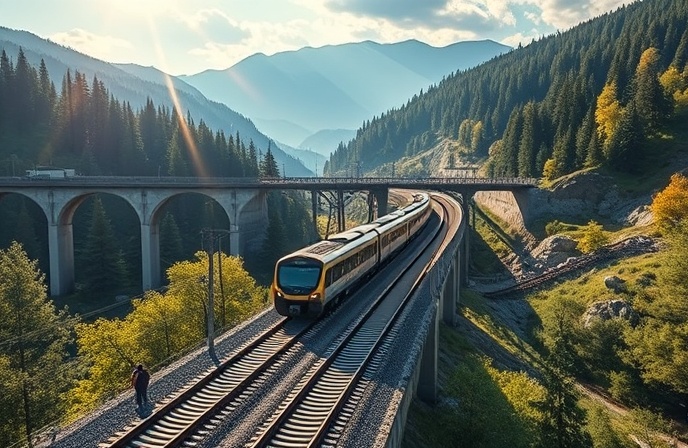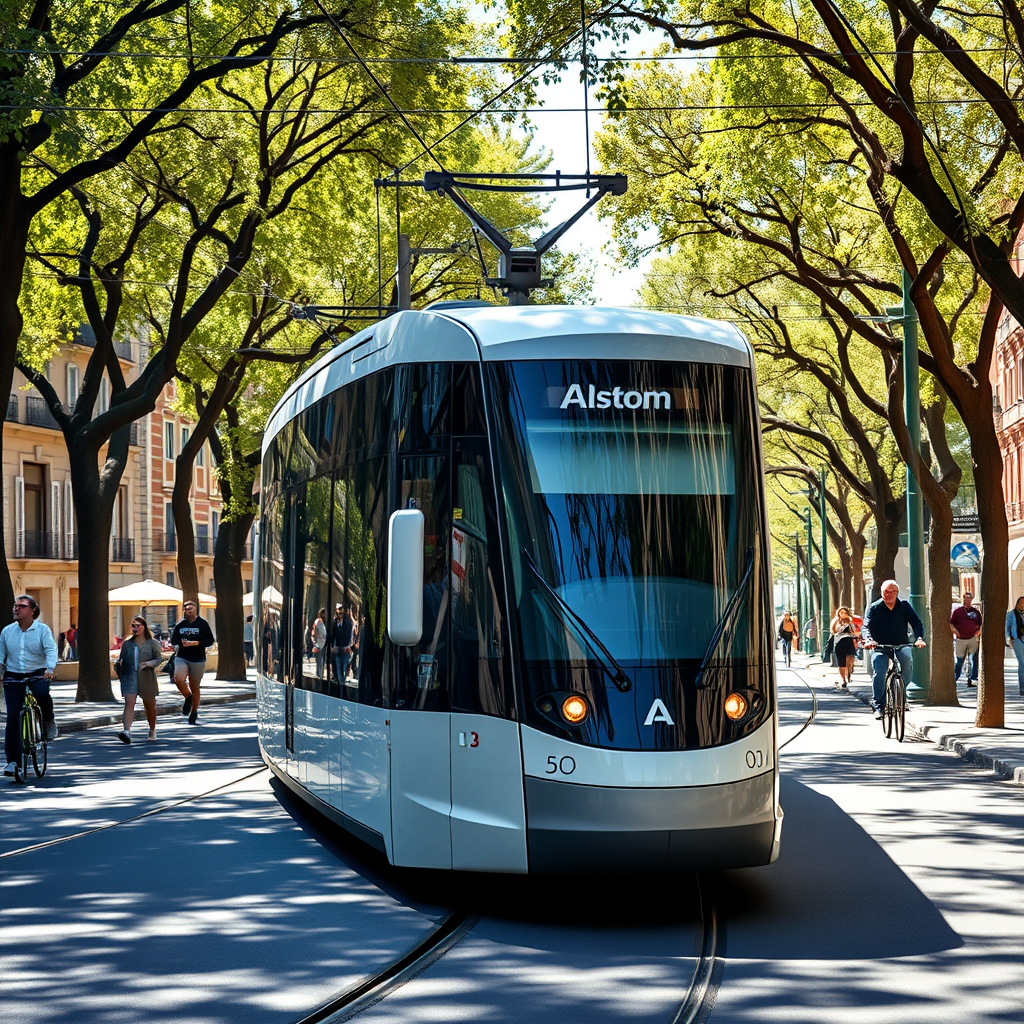Romania: Brașov – Sighișoara Rail Modernization & EIB Investment
EIB to invest €630M in Romania’s Brașov-Sighișoara railway modernization, boosting efficiency and capacity.

EIB Eyes EUR 630 Million Investment for Modernization of Romania’s Brașov – Sighișoara Railway
The European Investment Bank (EIB) is currently evaluating a significant project to modernize the Brașov – Sighișoara railway line in central Romania, a vital artery within the national rail network. This extensive undertaking, estimated at EUR 2.25 billion, will see the EIB potentially finance EUR 630 million, demonstrating a strong commitment to upgrading crucial European transport infrastructure. This article will delve into the specifics of the project, including its scope, funding sources, and the expected benefits for both passenger and freight rail services. The modernization efforts aim to significantly enhance operational efficiency and capacity while aligning with European Union interoperability standards.
Project Scope and Technical Specifications
The Brașov – Sighișoara modernization project encompasses the comprehensive upgrade of a 130 km electrified double-track railway line. This includes the complete rehabilitation of bridges, viaducts, and tunnels, alongside the crucial installation of the European Rail Traffic Management System (ERTMS) Level 2, an advanced signalling system designed to improve safety and capacity. The project’s specifications mandate compliance with the Technical Specifications for Interoperability (TSIs), ensuring seamless integration with the wider European rail network. These upgrades are designed to increase the maximum design speed, axle load capacity, and permitted train length, leading to considerable improvements in both passenger and freight transport capabilities.
The railway modernization is divided into three distinct sections: Brașov – Apața, Apața – Cața, and Cața – Sighișara. The Government of Romania has already approved the reapproval of the technical and economic indicators, underscoring the government’s commitment to the project’s progress. Post-modernization, passenger trains are expected to operate at speeds of up to 160 km/h, with freight trains reaching 120 km/h. This will contribute significantly to reduced travel times and enhanced transport efficiency.
Funding and Financial Breakdown
The total project cost, initially estimated at EUR 1.6 billion (RON 8.4 billion), has seen an increase, now totaling EUR 2.25 billion (RON 11.3 billion), including VAT. The increase is attributed to various factors, including rising material costs and unforeseen complexities. The remaining works are estimated at approximately EUR 861.4 million (RON 4.5 billion), inclusive of VAT. EU co-financing, primarily through the Connecting Europe Facility (CEF) Transport programme, has been a substantial source of funding, with a total allocation of EUR 1.2 billion. The Brașov – Apața and Cața – Sighișoara sections have already benefited from CEF Transport grants, including agreements signed with CFR Infrastructura. These grants have facilitated critical aspects of the project, such as land expropriation, site preparation, construction supervision, and the execution of works, including the implementation of ERTMS on specific sections of the line.
Construction and Contractual Details
In March 2020, CFR SA, the Romanian rail infrastructure manager, awarded a significant contract valued at EUR 614.8 million (RON 3.2 billion) to the Asocierea Rail Works consortium, led by Alstom. The consortium also includes Aktor Technical Société Anonyme, Arcada Company, and Euro Construct Trading 98. The project duration is stipulated at 48 months (4 years) from the contract signing date, indicating an ambitious timeline for completion. Furthermore, a secondary contract, worth EUR 6.8 million (RON 35.5 million), was awarded to a consortium comprising ISPCF SA, TPF Inginerie, and Baicons Impex. Realignment and optimization of the route will result in a reduced line length, from 130.7 km to 112.6 km, significantly improving operational efficiency and reducing travel times.
Strategic Importance and Expected Impact
The Brașov – Sighișoara railway forms an integral part of the 800 km-long mainline, connecting the Hungarian border to the Port of Constanța, forming a critical component of the Rhine-Danube Core Network Corridor (TEN-T). It is the most heavily utilized railway corridor in Romania, serving significant passenger and freight traffic, both nationally and internationally. The project aligns with Romania’s General Transport Master Plan, specifically targeting the completion of railway modernization efforts and compliance with EU interoperability standards. These improvements will support the creation or modernization of multimodal freight hubs, making towns and communes along the route more accessible and attractive. Additionally, it will substantially enhance the speed, quality, and safety of both passenger and freight rail services.
Conclusion
The modernization of the Brașov – Sighișoara railway represents a critical step towards upgrading Romania’s rail infrastructure, fostering greater connectivity and efficiency. The EIB’s potential EUR 630 million investment demonstrates the financial viability and strategic importance of the project. The project’s focus on enhanced speeds, increased capacity, and interoperability with the wider European network will result in a significant boost to the efficiency of both passenger and freight services. The upgrades in signalling, track quality and infrastructure will greatly improve the operational efficiency and capacity of the line. With the support of CEF funding and the involvement of leading industry players like Alstom, the project is poised to redefine the railway landscape in Romania. As the project progresses, industry observers will closely monitor the impact on freight volumes, passenger travel times, and the overall economic impact on the region. The success of this project will serve as a model for other railway modernization initiatives in the European Union, underscoring the importance of sustained investment in railway infrastructure to drive economic growth and enhance the efficiency of European transportation networks.





